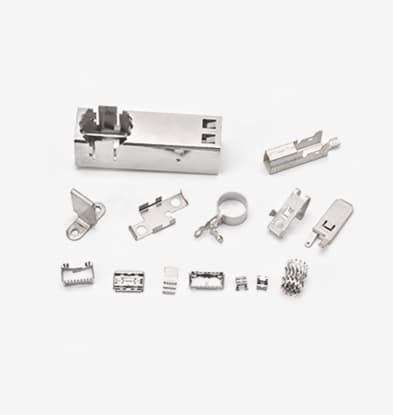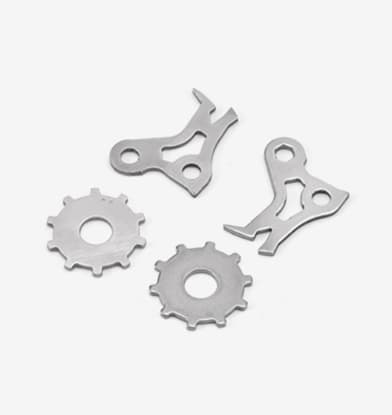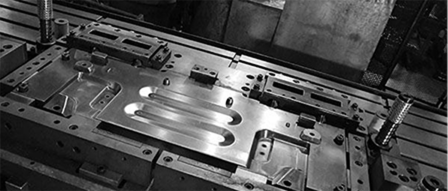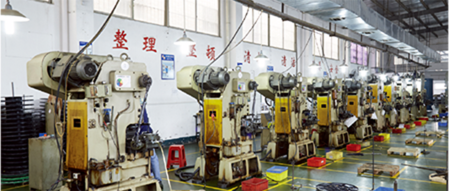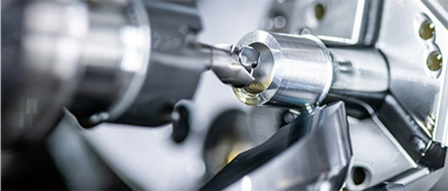Exploring the Precision Art of Medical Device Metal Stamping
In the intricate world of medical devices, precision is paramount. From intricate surgical instruments to life-saving implantable devices, the healthcare industry relies on cutting-edge technologies to deliver safe and effective solutions. One such technology that plays a pivotal role in crafting these devices is medical device metal stamping. In this blog, we delve into the fascinating realm of metal stamping for medical devices, exploring its process, applications, and importance in shaping modern healthcare.
The Science Behind Medical Device Metal Stamping
Medical device metal stamping is a specialized manufacturing process that involves shaping flat metal sheets into intricate forms using a die and a press. This process leverages the principles of physics and engineering to transform raw materials into meticulously designed components. Precision is not just a goal in this process; it's a necessity. The level of detail achieved through metal stamping is unparalleled, making it an indispensable technique in the production of medical devices.
The Art of Precision Engineering
Precision is the cornerstone of medical device metal stamping. The process demands meticulous planning, design, and execution. Engineers work closely with medical professionals and designers to understand the device's requirements and translate them into technical specifications. These specifications guide the creation of custom dies that mirror the desired shape and features of the final component.
Applications in Modern Healthcare
The applications of medical device metal stamping are far-reaching and diverse. Here are some notable examples:
Implantable Devices
Implantable medical devices, such as pacemaker components and orthopedic implants, require exceptional precision and biocompatibility. Metal stamping enables the creation of complex shapes and fine features that are essential for these devices' performance and integration within the body.
Surgical Instruments
Precision surgical instruments are a staple in any medical facility. Metal stamping facilitates the production of these tools with intricate patterns, serrations, and textures, enhancing their functionality during delicate procedures.
Medical Connectors and Terminals
Electronic medical devices, such as monitors and diagnostic equipment, rely on precise connectors and terminals to ensure reliable communication and power distribution. Metal stamping enables the creation of these intricate parts, ensuring seamless interactions between devices and patients.
Advancements and Challenges
As technology evolves, so does medical device metal stamping. Advanced materials, such as shape-memory alloys and biodegradable metals, present new challenges and opportunities for the industry. Engineers and manufacturers are continually pushing the boundaries of what's possible, enhancing the quality, reliability, and biocompatibility of stamped metal components.
However, challenges persist. Ensuring the highest level of quality control, meeting regulatory standards, and maintaining cost-effectiveness remain ongoing concerns in medical device metal stamping.
Shaping the Future of Healthcare
In the ever-evolving landscape of healthcare, medical device metal stamping stands as a testament to human ingenuity and innovation. Its ability to create intricate, reliable, and biocompatible components has revolutionized medical device manufacturing. As technology continues to advance, we can expect even greater precision, efficiency, and innovation in the realm of medical device metal stamping, shaping a healthier and more connected world.
In conclusion, the fusion of engineering, precision, and medical science in the field of medical device metal stamping is a testament to human innovation. The next time you hold a finely crafted surgical instrument or benefit from an implantable medical device, take a moment to appreciate the intricate work that goes into their creation through the art and science of metal stamping.

 English
English 